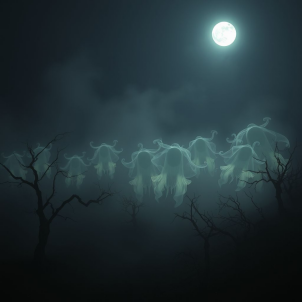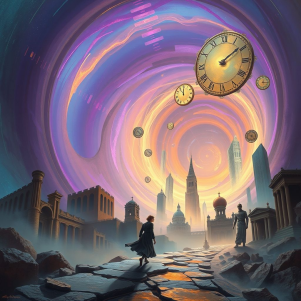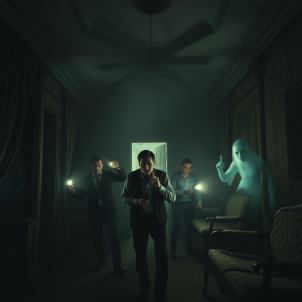
Phantoms in the Night: Exploring the World of Nocturnal Paranormal Activity
The darkness of night has long been a source of fascination and fear for humans. As the sun sets and the world is bathed in an inky blackness, many of us can’t help but wonder what lies beyond the reach of our sight. For some, the night is a time of tranquility and rest, but for others, it’s a time of terror and unexplained occurrences. In this article, we’ll delve into the world of nocturnal paranormal activity, exploring the mysterious and often frightening phenomena that take place under the cover of darkness.
The Peak Hours of Paranormal Activity
Research has shown that the majority of paranormal activity, including ghost sightings, unexplained noises, and other bizarre events, occurs between the hours of 2am and 4am. This period, often referred to as the “witching hour,” is believed to be a time when the veil between the living and the dead is at its thinnest. It’s during these early morning hours that many people report experiencing strange and terrifying events, such as hearing disembodied voices, seeing shadowy figures, and feeling unexplained cold spots.
The Types of Nocturnal Paranormal Activity
Nocturnal paranormal activity can manifest in a variety of ways, including:
-
- Ghost Sightings: One of the most common types of nocturnal paranormal activity, ghost sightings involve seeing apparitions or shadowy figures that seem to be present in a particular location.
-
- Unexplained Noises: Strange noises, such as creaks, groans, and knocks, are often reported during the night, and can be attributed to a variety of paranormal causes, including ghostly activity and poltergeists.
-
- Shadow People: These dark, shadowy figures are often seen lurking in the corners of rooms or outside windows, and are believed by some to be malevolent entities that feed on human fear.
-
- Sleep Paralysis: This phenomenon, which involves being unable to move or speak while falling asleep or waking up, is often accompanied by a sense of terror and can be attributed to a variety of paranormal causes, including demonic possession and alien abduction.
-
- Night Terrors: These intense, disturbing dreams can be a sign of paranormal activity, and are often accompanied by a sense of fear and anxiety that can linger long after the dream has ended.
Theories Behind Nocturnal Paranormal Activity
So, what causes nocturnal paranormal activity? There are a variety of theories, including:
-
- The Collective Unconscious: This theory, proposed by Carl Jung, suggests that the collective unconscious, a shared reservoir of archetypes and memories, can manifest in the form of paranormal activity during the night.
-
- Electromagnetic Fields: Some researchers believe that electromagnetic fields, which are present in every location, can affect the human brain and cause paranormal experiences, including ghost sightings and unexplained noises.
-
- Ghostly Energy: This theory suggests that ghosts and other paranormal entities are able to manifest in the physical world by harnessing and manipulating energy, which is more readily available during the night.
-
- Psychological Factors: Some experts believe that nocturnal paranormal activity can be attributed to psychological factors, such as stress, anxiety, and sleep deprivation, which can cause the brain to play tricks on us and create the illusion of paranormal activity.
Conclusion
The world of nocturnal paranormal activity is a fascinating and often frightening place, full of mysteries and unexplained phenomena. While the causes of these events are still not fully understood, research and investigation continue to shed light on the darker corners of our reality. Whether you’re a believer in the paranormal or a skeptic, one thing is certain: the night is a time of wonder and awe, and there’s always more to discover in the shadows. So, the next time you’re lying in bed and hear a strange noise, or see a shadowy figure lurking in the corner of your room, remember: you’re not alone, and the phantoms of the night are always waiting, just beyond the edge of perception.


